-
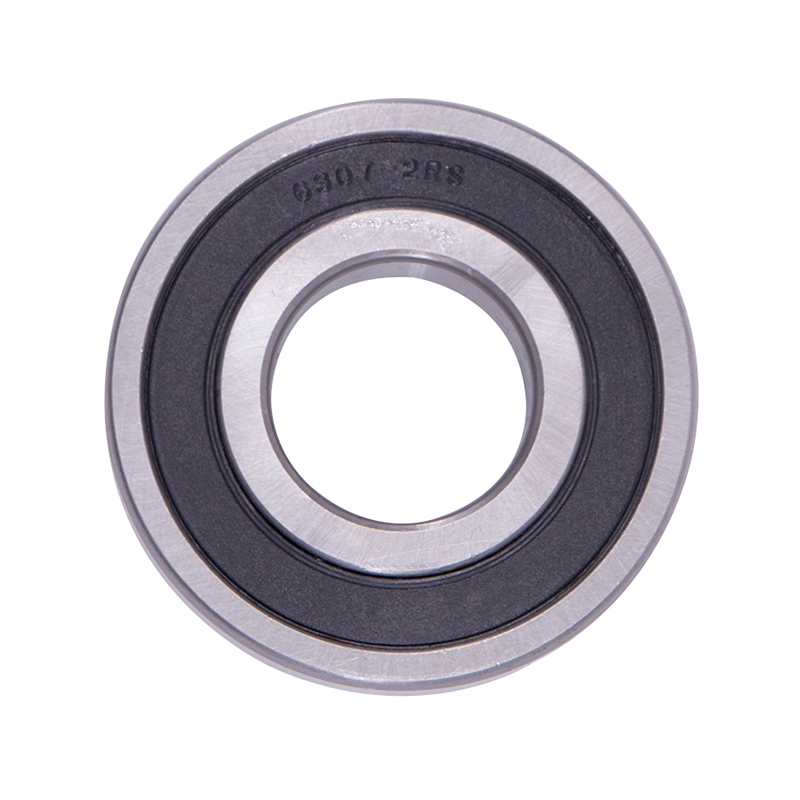 Wheel Hub Bearings
Wheel Hub Bearings -
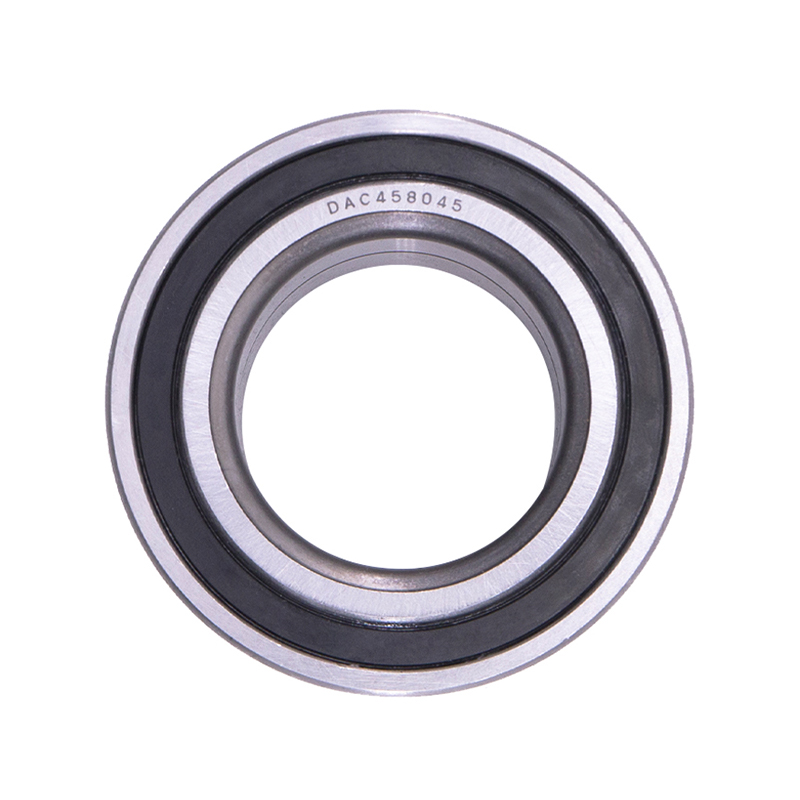 Wheel Hub Bearings
Wheel Hub BearingsDAC387436 DAC458045 Hub Deep Groove Ball Car Wheel Bearing
-
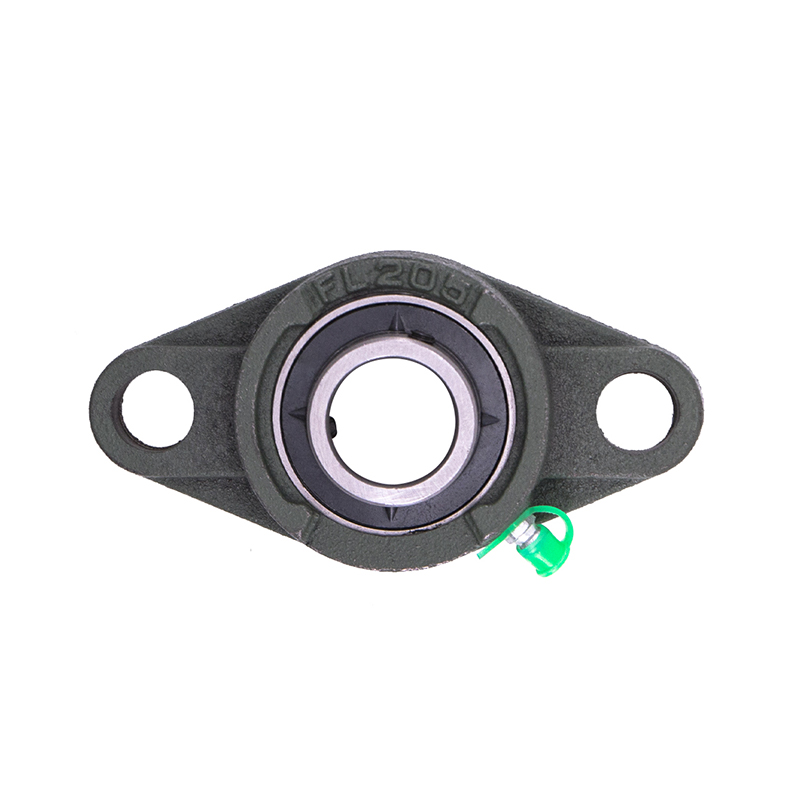 Spherical Bearings
Spherical BearingsFL204 FL205 FL206 Stainless Steel Pillow Block Bearing
-
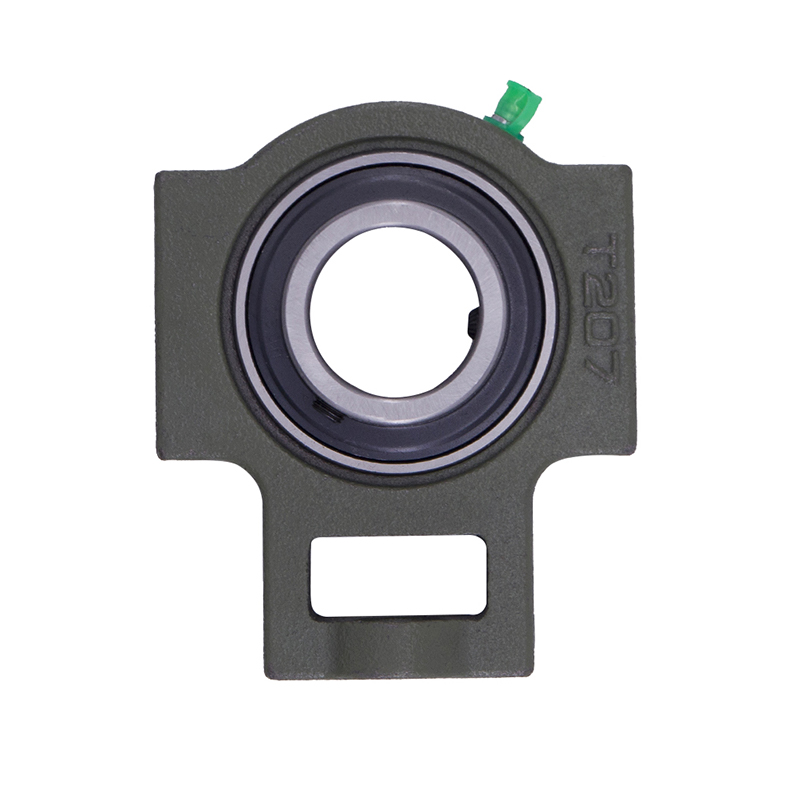 Spherical Bearings
Spherical BearingsT204 T207 UC204 High Speed Insert Pillow Block Bearing
-
 Spherical Bearings
Spherical BearingsFC204 F210 Auto Wheels Bike Pillow Block Bearing
-
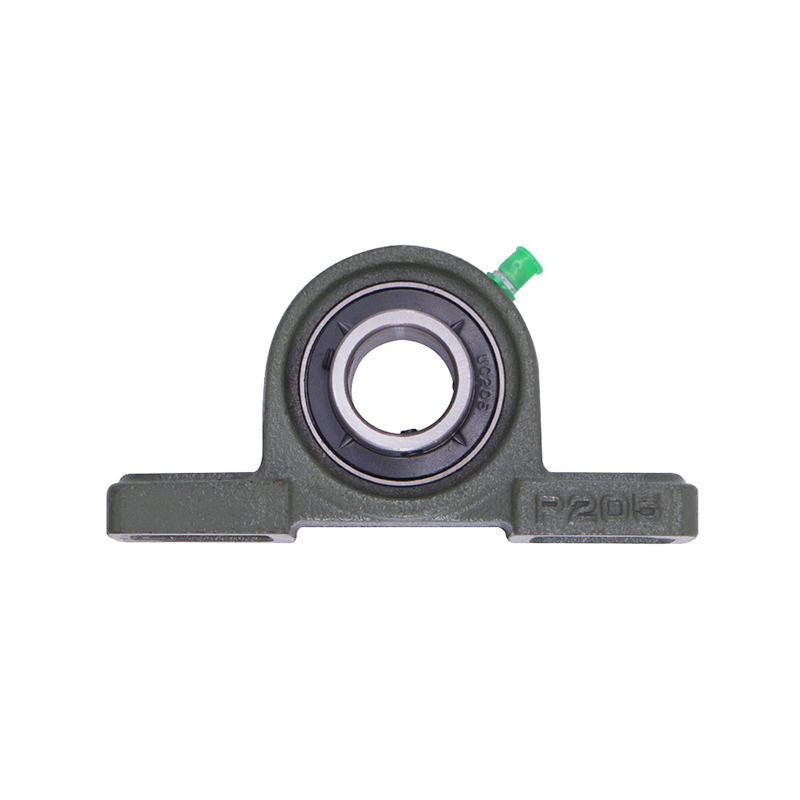 Spherical Bearings
Spherical BearingsP207 206 205 203 High Precision Wheel Pillow Block Bearing
-
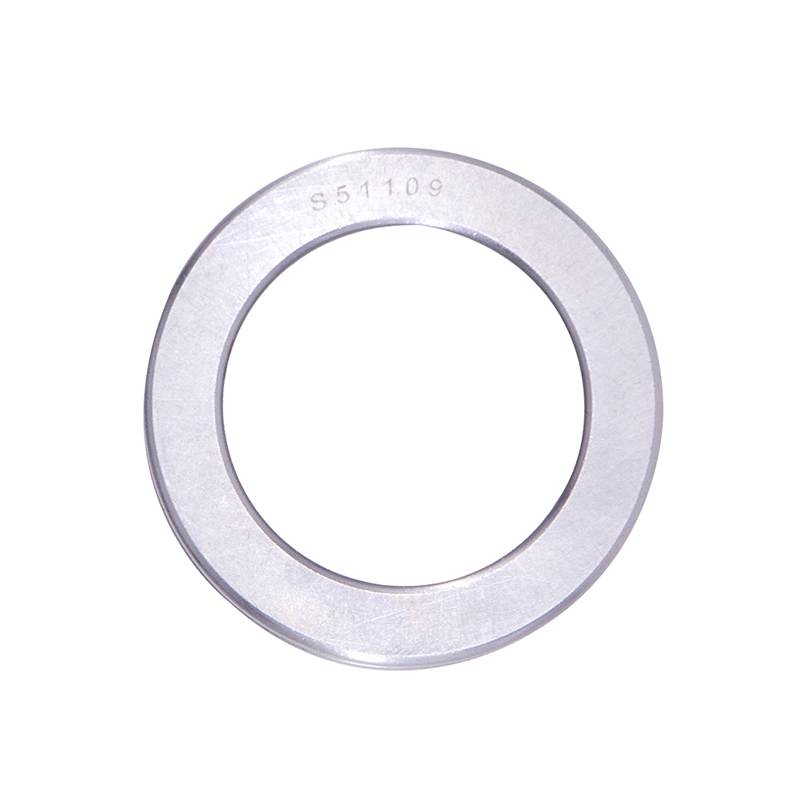 Thrust Roller Bearings
Thrust Roller BearingsS51100 S51107 S51109 Car Wheel Plain Thrust Ball Bearing
-
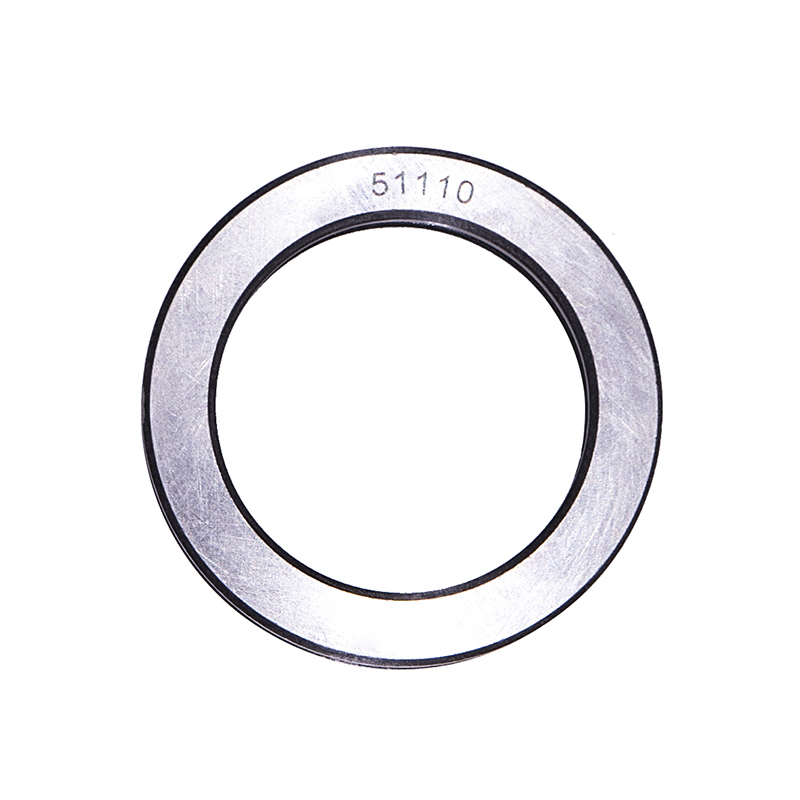 Thrust Roller Bearings
Thrust Roller Bearings51110 51107 51104 51206 High Speed Plain Thrust Ball Bearing
Pillow Block Bearing Size Information: A Practical Guide
Industry news-Pillow block bearings factory are widely used components in mechanical systems where rotating shafts require support and stability. Their design combines a bearing housed within a mounting block, making installation and maintenance easier. One of the critical factors in selecting the right pillow block bearing is understanding its size specifications. Proper sizing ensures compatibility with machinery, reliable operation, and extended service life.

The size of a pillow block bearing refers to various dimensions related to the housing, the bearing insert, and the shaft it supports. Accurate size identification is essential for proper fit and function.
Understanding the main dimensions helps when selecting, replacing, or maintaining pillow block bearings. These dimensions typically include:
1. Shaft Diameter (Bore Size)
This is the internal diameter of the bearing, often called the bore. It corresponds to the diameter of the shaft the bearing is intended to support. Shaft diameters for pillow block bearings commonly range from 12 mm to over 100 mm, depending on the application.
Choosing the correct bore size is critical for proper mounting and performance. The bearing must fit snugly on the shaft to avoid slippage or misalignment.
2. Housing Dimensions
The housing surrounds the bearing and provides a mounting surface. Important housing dimensions include:
Center Height (H): The vertical distance from the base of the housing to the center of the bore. This dimension determines alignment with other machine components.
Length (L) and Width (W): The overall size of the mounting block, important for fitting into designated spaces.
Bolt Hole Spacing (P): The distance between the centers of mounting bolt holes on the base. This ensures the bearing can be securely fastened.
3. Bearing Outer Diameter (D)
This dimension measures the external diameter of the bearing insert. It is important for fitting the bearing properly inside the housing and influences the bearing's load capacity.
4. Mounting Hole Diameter
The diameter of the holes used for mounting the pillow block bearing to the machinery frame. It should match the bolt sizes intended for use, ensuring a secure installation.
Standard Size Codes and Series
Pillow block bearings often follow standardized sizing codes from organizations such as the International Organization for Standardization (ISO) or manufacturers' catalogs. These codes combine bore size, housing design, and bearing type into series numbers.
For example, the SKF 200 series includes a variety of pillow block bearings with bore sizes in multiples of five millimeters, making it easier to select the appropriate size based on shaft diameter.
Measuring Pillow Block Bearing Size
If replacing an existing pillow block bearing, accurate measurements are essential. Use a caliper or micrometer to measure:
The bore diameter inside the bearing insert.
The center height from the base of the housing to the bore center.
The bolt hole spacing on the base.
The overall housing dimensions to confirm fit.
Make sure to measure multiple points to account for any irregularities or wear.
Considerations for Proper Sizing
Choosing the right pillow block bearing size involves more than matching dimensions. Consider the following factors:
Load Capacity: Larger bearings can generally support higher loads. Verify that the bearing's load rating matches the expected operational loads.
Operating Speed: Bearings designed for higher speeds may have different internal clearances and lubrication requirements.
Environmental Conditions: For dusty, wet, or corrosive environments, housing materials and seals may affect size and selection.
Shaft Fit: Determine whether a tight or loose fit is needed between the shaft and bearing bore, considering thermal expansion and shaft material.

 English
English русский
русский Español
Español
